What’s the hardest part about creating high-quality content?
Coming up with ideas.
Once you’ve established yourself as a quality writer, it’s tough to maintain the kind of idea consistency you need.Without that
Without that consistency, it’s impossible to churn out quality content day after day, week after week.
It seems like the pros never run out of ideas, but how do they come up with ideas consistently?
They use a system.
Inexperienced writers rely on their brains and their own abilities to create content. Sometimes that works, but eventually, you run out of ideas of what to write.
Another mistake inexperienced bloggers make is focusing on the topics and ideas that they want to write about.
The thing is, most readers come to your site with very specific interests and problems they’re looking to solve.
If you’re not solving your reader’s problems, there’s no reason (in their mind) for them to stick around.
Top writers keep their minds filled with ideas their readers care about.
They rely on their systems to give them a never-ending stream of ideas, which gives them the tools and resources they need to create compelling blog posts.
Let’s take a look at how this idea system works.
Strategy 1: Figure out what your readers want
What are the problems your readers are struggling with? What topics are they most interested in getting help with?
You already know the topic of your blog, so start there.
Let’s say that you’re running a tech blog.
Your readers are probably going to want product reviews on various apps, gadgets, and devices. So, you simply pick one and start there.
You start with reviews on the Samsung Galaxy vs. the Apple iPhone.
Head over to KeywordTool.io and enter your keyword.
Several things jump out at us right away.
Do consumers have any other specific concerns about either of these products?
Let’s head over to Soovle to find the answer. Once you’re there, enter the same keywords.
So far, we’ve discovered that consumers care about:
- Price: Consumers are price-conscious for good reason. Smartphones have become more and more expensive and are often bundled with long contracts or lease agreements. Consumers want to know they’re getting the best deal possible because the last thing they want to do is overpay for a product everybody has.
- Battery life: The most popular search by far, customers want to know what the battery life is like for both devices. Dig a little deeper in these search results and you find that consumers are interested in both short- and long-term battery life.
- Durability: The drop test, water test, and bullet test are popular searches on YouTube and several search engines. Searchers are looking for content that discusses the durability of both products. A quick search shows that there are a lot of videos showing people dropping their devices.
- Camera: Consumers want to know which phone has the better camera and why. They’re focused on this particular search partially because of the advertising and marketing campaigns from both companies.
- Comparison: Many consumers aren’t sure where to start. They know enough about both phones to know they’re both a possible option, but they don’t know much beyond that. Searchers add modifiers like reviews, comparison, test, and ratings to their search queries to try and narrow things down.
With free keyword tools and three minutes, you can come up with lots of popular topics that receive a lot of search engine traffic.
There’s a significant amount of competition in the tech space. Armed with this information, what are some blog post ideas you can create to attract more readers?
You can create content that:
- Provides comprehensive reporting rivaling a well-known source like Consumer Reports.
- Create content that’s better designed. That could be with an interactive post, infographic, or well-designed chart.
- Shows consumers how to get coupon codes and free, hidden rebates from their phone company.
- Offers deep in-depth detail on each device, going into the engineering details most people miss.
- Gives consumers an apples-to-apples comparison.
- Create drama in the form of a story or experience with the device.
- Interview key players, influencers, engineers, or pundits on the devices.
- Provide all of the data on each device in a simple, easy-to-read format.
The focus here is on creating content that’s surprising, fresh, and approaches things from a somewhat unique angle.
What about a topic that’s not as tangible as an iPhone?
How would you come up with a topic for something like design services?
Strategy 2: Using Amazon Look Inside
Amazon Look Inside is a great way to come up with lots of blog post ideas if you know how to use it. This strategy is incredibly simple and easy to use.
Let’s say you’re running an SEO company in 2017. You’re looking for topics to cover but you’re not sure what to write.
Here’s how you use Amazon Look Inside to instantly create a list of ideas.
First, head over to Amazon.com. Enter your search query in the search box. For this example, we’ll start with “SEO” as our search query.
Next, we’ll click on a book in the search results. Look for search results that have the Look Inside logo.
Focusing on titles with a good ratio of positive to negative reviews means you’re more likely to find books with the right kind of information.
Then, we’ll click on the book cover to preview the book.
Finally, we’ll scroll through the table of contents, scooping up as many of the ideas as we can.
These examples give us a lot of information to work with:
- Old-school SEO methods that no longer work
- How to survive Google search updates
- How to make Google pick up the keywords you want
- How to find keywords that will send traffic to your site
- How to find traffic-generating keywords for easy rankings
- How to stay ahead of Google’s search updates
Scroll through the rest of the table of contents and you’ll see there are 70+ ideas from this one book alone.
You can repeat this process with any topic or idea over and over.
All you have to do is find a book that’s relevant, look at the topics covered in the table of contents, write them down, and get to work.
Just create a unique angle for the ideas or topics covered and you’ll be able to create helpful blog posts your readers want.
Here’s some more good news.
You don’t have to read the book. In fact, I think it’s better if you don’t read the book.
You’ll want to approach these ideas with your own fresh perspective.
Reading the book increases the likelihood of accidental plagiarism. If you haven’t read the book, there’s no way you can plagiarize.
Here’s why this strategy is so effective.
It leverages work that has already been done. The authors on Amazon have already completed the research to identify the ideas, objections, frequently-asked questions, and topics readers want to know about.
Strategy 3: Ask your readers what they want to learn
This strategy is fairly obvious.
You create a survey. In it, you ask your readers what they want to learn, and then you send it out. It seems incredibly simple, so why are reader surveys something so many people get wrong?
They make lots of little mistakes.
They ask way too many questions.
SurveyMonkey found the median length of their paid surveys is just 10 questions.
More if it’s a market research survey or less if it’s a just-for-fun survey.
The obvious takeaway here is that you don’t want to overwhelm your readers. Keep your survey questions and content to a minimum, focusing on what’s most important.
They ask yes/no questions:
“Do you like long form content?” Yes/no questions don’t give you the context you need to get meaning from the question.
There could be a dozen reasons behind a reader’s yes or no, but you won’t be able to figure out the real reasons behind their answer with a yes/no question.
They ask multiple choice questions.
Multiple-choice questions can work if you have a general idea of the direction you’re taking with your questions or you have some kind of plan you’re working from.
If you’re not really sure about the options you’re giving readers, it’s best to either avoid multiple-choice questions altogether or to add an “other” box at the end of each question, giving readers the chance to share their thoughts.
They ask the wrong questions.
“If you could fix your problem, what would your solution look like?”
Customers aren’t very good at identifying their ideal solution. They’re very good at identifying their problems and the things that create fear, pain, stress, or anxiety.
They ask leading or loaded questions.
“How fast of a writer are you?” This question has the conclusion built in. It creates an expectation in the reader that hurts the quality of your responses.
They ask double-barreled questions.
“How satisfied or dissatisfied are you with the content and design on our site?” This is a terrible question because it forces readers to respond to two questions at once, which they can’t do.
What if they love your content, but hate your design?
They use absolutes in their questions.
“Do you always read articles from beginning to end?” Questions with absolutes force readers into a corner, especially if the expected or provided answers (e.g. multiple choice) are all wrong.
They offer the wrong incentive (or no incentive when they should).
It’s still fairly common to see technology companies handing out iPads in exchange for answering a survey.
An irrelevant incentive attracts people who aren’t interested in what you have to offer, which poisons your survey data.
Jon Morrow asked readers to complete a survey, giving readers the chance to win every e-book he’s published.
There’s no sense of urgency or deadline.
It’s a good idea to set a deadline, create a sense of urgency, or establish some kind of boundary if you’re offering an incentive or reward.
This gives readers a compelling reason to take your survey now instead of putting it off for later.
They create clever survey questions.
“What’s the greatest thing about writing that others haven’t noticed?” Questions like these try too hard to be clever.
Instead of impressing readers, it actually creates distraction, confusion, and abandonment. If your goal is to get feedback from readers, questions like these will turn readers off.
They use unclear language and jargon.
If you’re sure your audience knows, understands, and uses the jargon, use it. If you’re not sure, it’s a good idea to leave it out.
Your goal with surveys should be the same as your marketing copy — speak the same way your audience does. If they use slang, you use slang. If they use jargon, you use jargon.
Believe it or not, these are common mistakes. Bloggers frequently get these details wrong, so the information they receive isn’t as helpful as it could be.
The good news is that it’s an easy fix if they make a few simple adjustments. These adjustments could be the difference between getting lots of feedback and ideas from readers or being ignored.
First, ask the right number of questions.
Most readers won’t take the time to fill out your survey. Those who do tend to abandon it if the survey questions are poorly designed.
Make a list of all the questions you’d like to include in your survey.
At this point, you don’t have to be worried about the size or type of survey you’re running. Just do your best to get everything down.
Second, filter your list, trimming things down to the questions you need.
With surveys, your goal should be to get readers to share as much feedback and ideas with you as possible.
It’s not a good idea to use it to corner or trick your readers into giving you the answers you want.
It’s not difficult to get the answers you need. You just have to know how to ask.
Make sure to avoid the mistakes I mentioned earlier.
Third, send your surveys out to the right people.
You don’t want everyone to respond to your survey. You’re looking for the most qualified candidates possible.
The problem for many people is that they relax that requirement a bit if they’re not getting the number of responses they expected.
That’s a bad idea because it has a negative effect on the quality of your data.
What’s worse, you’re encouraged to make poor decisions based on inaccurate data, which, depending on your survey, could be pretty devastating for your business.
Here’s a list of things you can do to get more people to respond to your surveys.
- Use incentives and rewards (that are relevant to what you do) to attract readers.
- Advertise your survey on Facebook to cold or warm traffic in your target audience.
- Embed short surveys on your thank you or confirmation pages.
- Add survey emails to your autoresponder sequences.
- Create a blog post promoting your survey and asking readers to participate.
Using surveys, you should be able to attract 10 to 12 responses per week at a minimum.
It’s not too hard to attract more responses if you continue to promote your surveys in your marketing channels.
Strategy 4: Find questions on Twitter
Twitter is an idea magnet.
Is it possible to generate ideas on demand with Twitter? Absolutely — if you focus your attention on the right tools.
When it comes to creating ideas, Twitter’s secret weapon is based on one thing.
Hashtags.
Here’s how you find ideas on Twitter.
Head over to RiteTag.com and search for hashtags.
Next, enter a broad keyword that describes what you do, like marketing, tech, finance, or accounting.
You’re not looking for specific long-tail keywords, you’re looking for broad keywords that describe your industry, product, or service.
Make sure the “All” tab is checked.
RiteTag displays a list of keywords and the data that goes along with both.
Then, bookmark the keywords that best fit your topic areas. You’ll need to create an account if you want to save them for later (it’s free).
Next, enter a generic hashtag in the search box to find more hashtags you can use:
So far in our list, we’ve found:
#howto
#question
#problem
#learning
#tutorial
#beginners
#tips
#tuts
Next, head over to Twitter.com and add your keywords into the search box.
Your broad and generic keywords can be used in any combination. Take a look at the tweets and content you see.
Easy, right? You can easily get 25, 50, and even 100 ideas at a time if you’re willing to do the work. Just repeat this process as necessary.
You can use BuzzSumo to analyze the content you find on Twitter to identify backlink opportunities, understand social media reach, and create even more topic ideas.
The ideas you discover on Twitter can actually be used to create new ideas in other tools!
Conclusion
These strategies work in just about every industry and niche.
Good writers come up with their own ideas. Great writers rely on their readers, their audience, to come up with their ideas for them.
Coming up with ideas is one of the hardest parts of content marketing.
It’s pretty easy to maintain the consistency day-in, day-out, but only if you rely on your audience.
Your readers and your target audience have lots of problems they need you to solve.
They’re willing to give you their best ideas, but only if you know how to ask. Using a system, I was able to come up with 93 blog post ideas in fewer than 10 minutes.
If you want to create quality blog posts consistently it’s a good idea to rely on a system.
Your audience will not only give you ideas for blog posts but will also tell you how to sell them products.
How do you come up with blog post ideas?

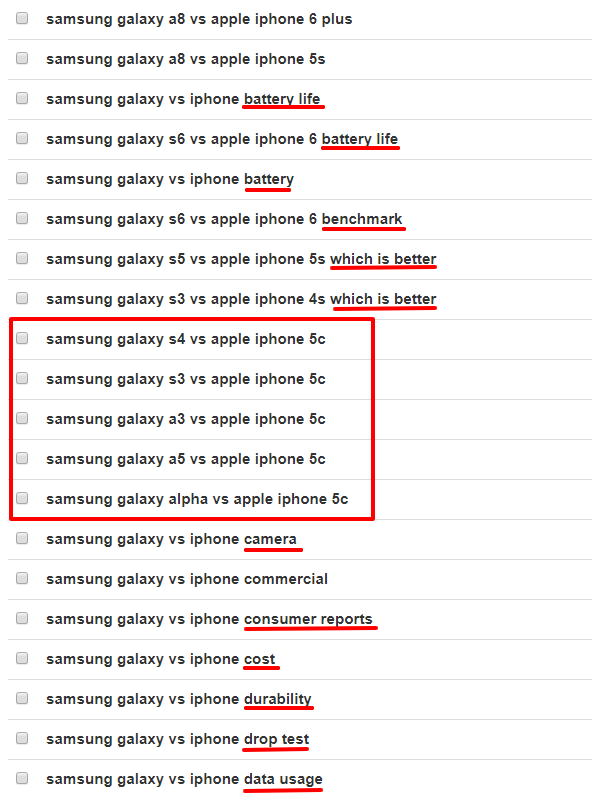
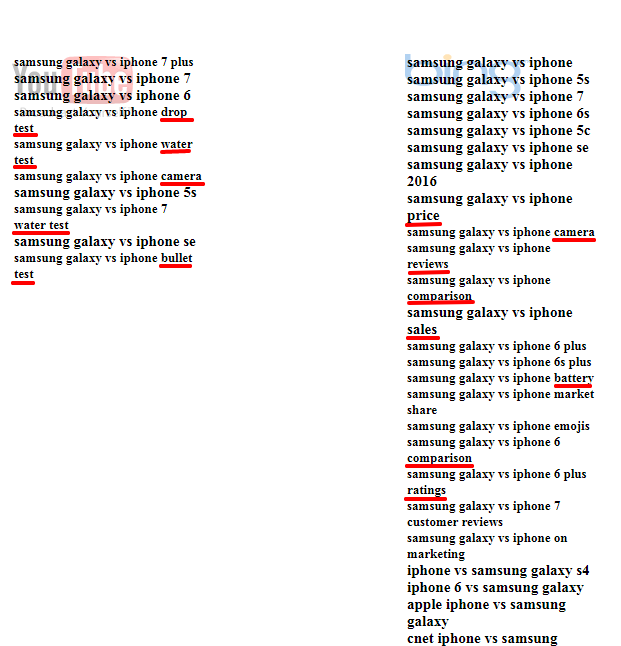
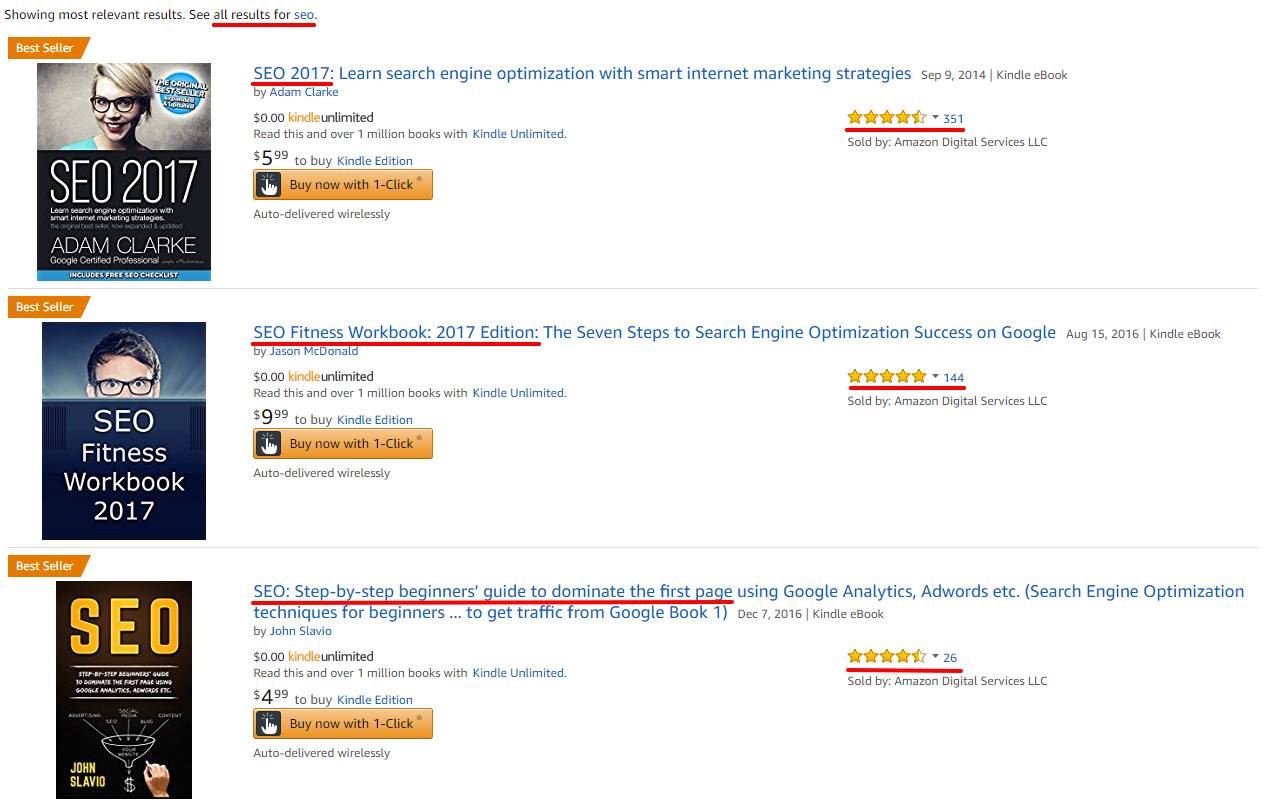
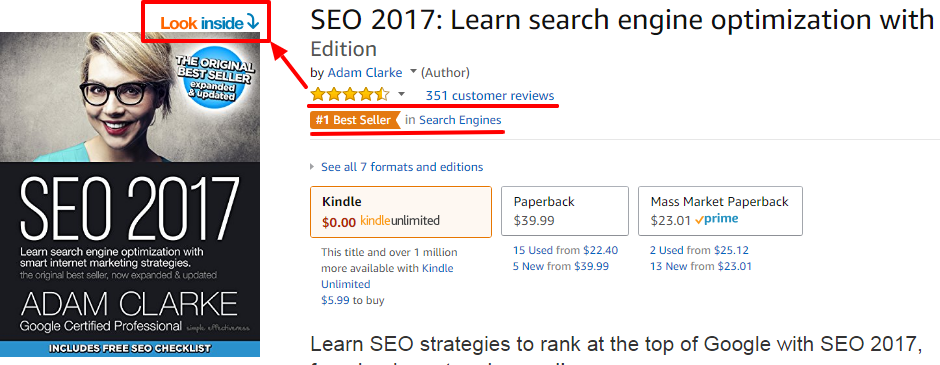
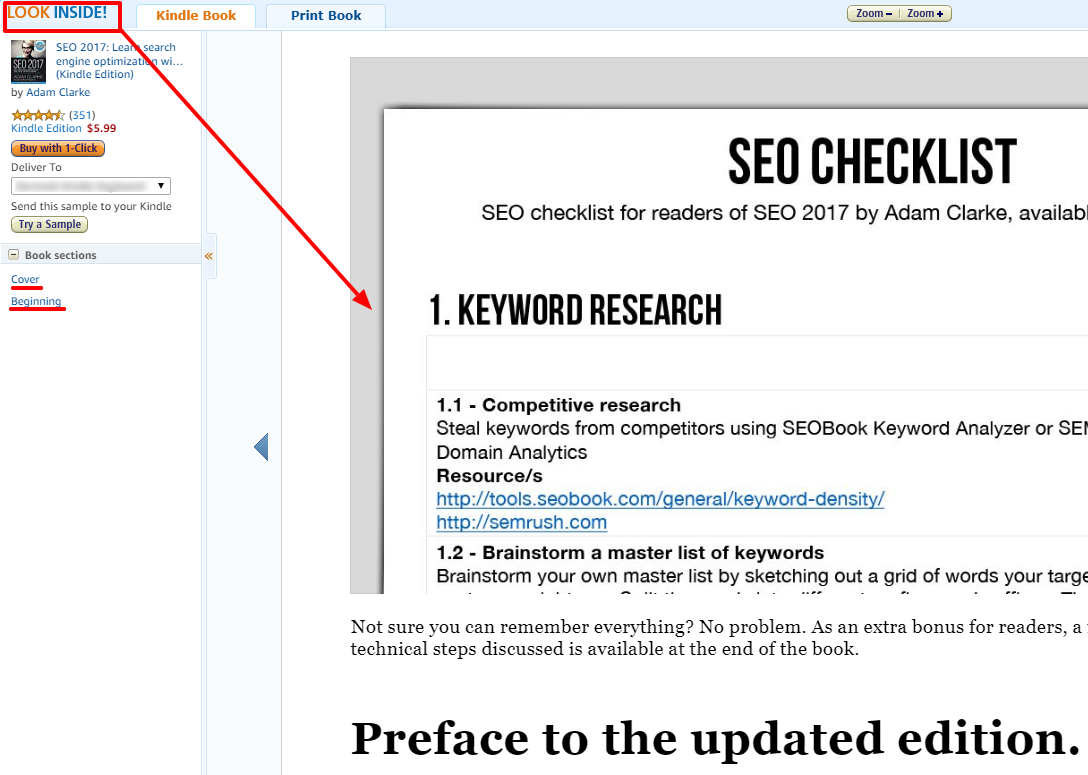
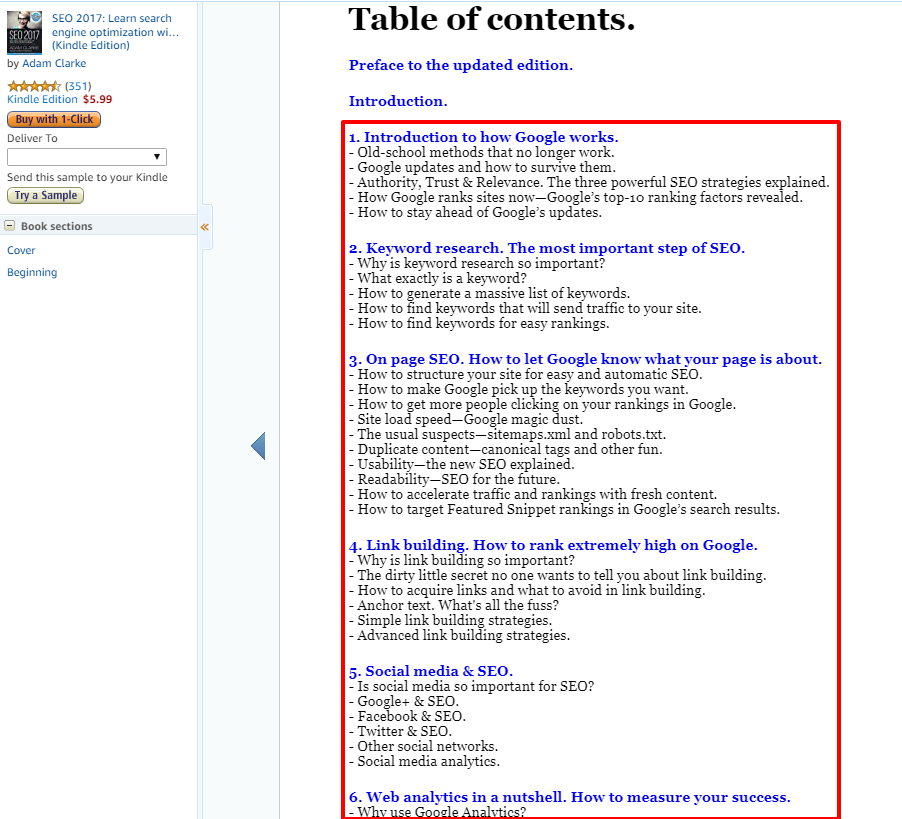



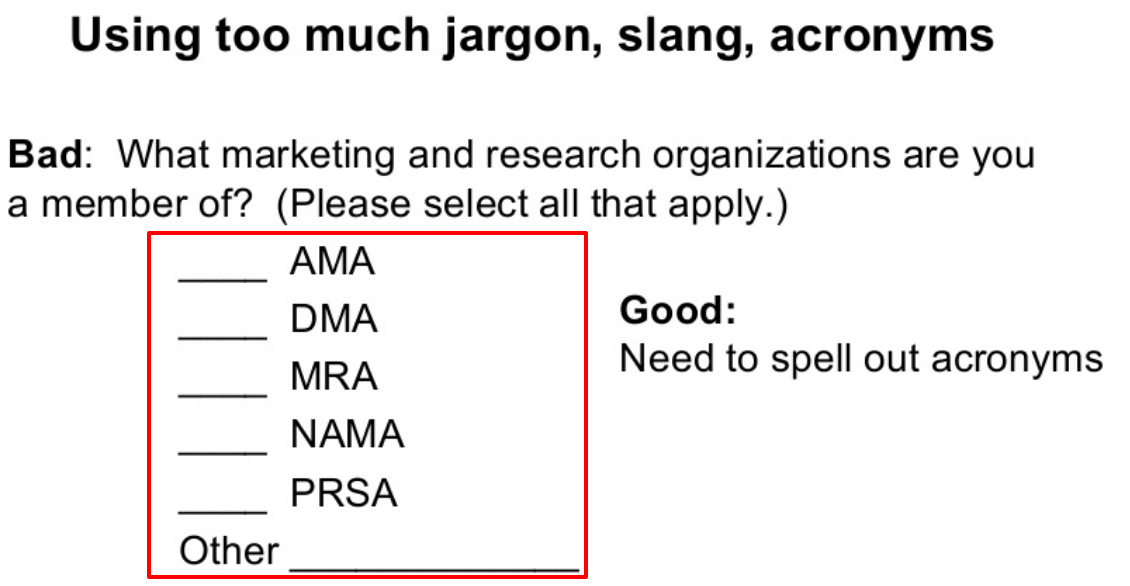
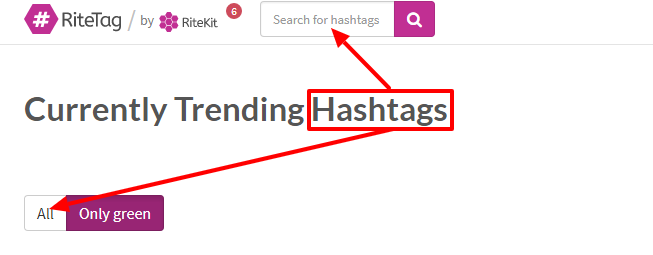
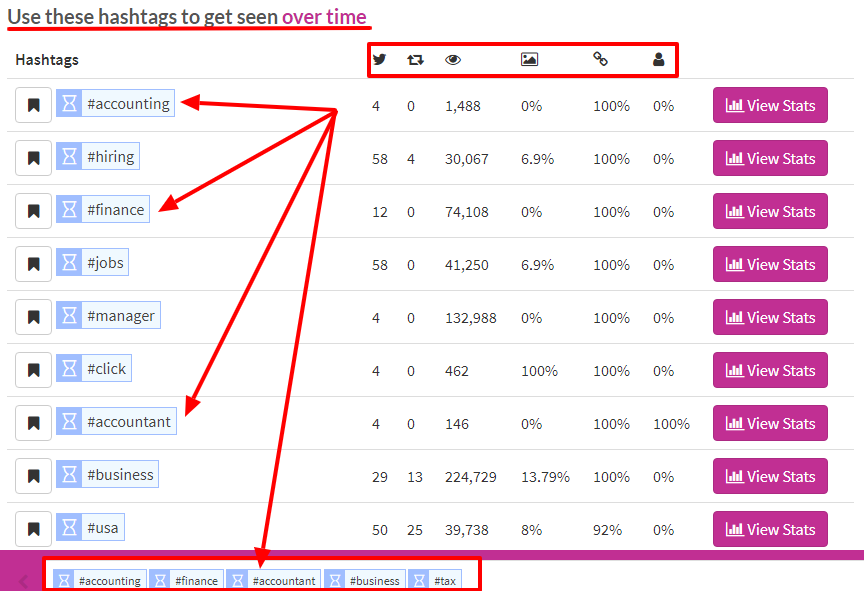



Comments (32)